The Wonders of MIMO
For RVers and Cruisers, understanding MIMO technology, how it works, and how it can be used to enhance cellular speeds has the potential to make finding great mobile internet on the road an easier experience.
Modern 4G/LTE and 5G cellular radios are borderline miraculous compared to earlier modems, and MIMO is part of the reason for this.
Consider the first iPhone launched in 2007 with a maximum theoretical cellular speed of around 500 Kbps using AT&T's 2G EDGE cellular network.
Almost two decades later, the latest flagship cellular devices can support maximum theoretical speeds of almost 10 Gbps.
That's a 20,000 times increase!
Of course, theory rarely equals reality, and cellular networks in the real world can't come close to delivering those peak theoretical speeds, which are only achievable in a lab.
In the real world, you will share bandwidth with hundreds or thousands of others connected to the same cell tower.
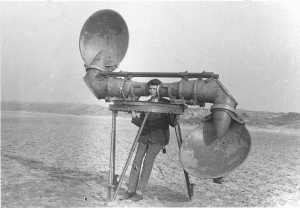
However, real-world speeds in the hundreds of megabits per second (Mbps) are increasingly common, and millimeter-wave networks can easily deliver multi-gigabit speeds.
One key technology making these speeds possible is MIMO (Multiple Input, Multiple Output), an incredibly clever technique that uses multiple antennas to increase data transmission speed, reliability, and even range.
MIMO technology is fundamental to LTE, 5G, and Wi-Fi for increasing performance and reliability and will continue to be a core component into 6G and beyond.
MIMO is also one of the key technologies that have made cellular boosters much less useful than they once were.
Read on to grasp what MIMO is, how it works, and how to use a bit of MIMO awareness to potentially increase your cellular speeds.
If you're a member, please log in above to see your exclusive content.
Don't need a membership? Other ways you can support our work here:
-
As seen in our videos!
-
Get a FREE Month of Starlink!
And our team will get one too!
-
Get a FREE Month of T-Mobile Unlimited Data
Join the Calyx Institute, and get a bonus month - and we do too!
-
Save $20 on Visible
Verizon's prepaid phone plan, we also get a $20 credit.
-
Leave a Tip!
Send our team some beer money!!
-
Share About Us!
Link to our content, tell others about MIRC. It's Free!
It is with huge gratitude to our members for making the free unbiased educational content on our site possible. We're not sponsored, you'll find no 3rd party ads and we don't sell gear or data plans.
Our members get exclusive access to our in-depth content, classrooms, vendor discounts (that can save you more than membership!), alerts, insider info and interactive guidance. They can even book private advising sessions.
If mobile internet is an important part of your lifestyle, consider helping make MIRC possible by joining or supporting our mission.
MIMO In A Nutshell
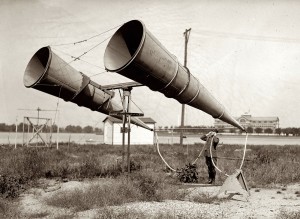
MIMO (Multiple Input, Multiple Output) is one of the core technologies enabling LTE and 5G cellular and Wi-Fi. It is the use of multiple antennas at both the transmitter and receiver to improve speed, stability, and efficiency.
Most modern phones, hotspots, and routers contain multiple antennas to enable MIMO. On the network side, cell towers and Wi-Fi access points also use coordinated antenna arrays to communicate with many devices at once.
The key idea: more antennas mean more signal paths. A device can capture multiple echoes and reflections, turning what would normally be interference into additional data streams. The result is higher throughput, greater reliability, and often better performance in weak-signal areas.
In LTE, this typically meant 2x2 or 4x4 MIMO. In modern 5G, MIMO goes further with “massive MIMO” arrays and beamforming, making it a central part of fast and reliable service.
Although the latest standards support 8x8 MIMO for devices, most consumer equipment today tops out at 4x4.
MIMO is not a temporary feature — it is a foundational technology that will continue into 5G and beyond.
Each antenna pair supports one data stream, so a 4x4 MIMO device can send and receive four streams simultaneously. On the tower side, massive MIMO can involve dozens of antennas — for example, 64 transmit and 64 receive elements — allowing spatial multiplexing, where multiple data streams are delivered to different users across the same frequencies.
This figure illustrates a relatively simple 4x2 MIMO deployment from the early days of LTE: the tower has four antennas, and the user device has two.

MIMO is one of the key technologies that allow modern devices to perform so well—and there's more to MIMO than just multiple antennas. Related technologies, such as beamforming and the various MIMO modes discussed in the member section below, can expand on MIMO to provide more throughput and reliability.
MIMO vs Boosters Video
Check out the video below for a quick overview of MIMO and how it compares to boosters for cellular performance enhancement. Although the video is a few years old, it covers all the important concepts in a way that non-techies can understand:
Member Exclusive Content Below
Member Exclusive Content In This Guide
Has this guide been helpful so far?
Well.. there's a lot more below available to our members. As well as dozens of other guides like this, videos, classrooms, forums, webinars and more. All specifically created for helping keep RVers, cruisers and nomads online.
Consider Becoming a Member
If mobile internet is an important part of your lifestyle, a membership can help keep you connected with these exclusive benefits:
- in-depth exclusive content
- interactive guidance
- vendor discounts
- alerts & insider tips
- classroom
- community
Free Content Like This Made Possible By Our Members!
We are community funded via our premium membership program - allowing us to focus on creating unbiased quality, in-depth, constantly updated content. We don't accept 3rd party advertising, we're not sponsored and we don't sell 'stuff'.
Already a member?
Log in to continue with this guide.
Check out the Topics Covered in the Member Section:
MIMO vs Cellular Boosters
We investigate why cellular boosters aren't always the best for cellular signal enhancement, thanks partly to MIMO.
Optimizing Cellular Reception
Understanding MIMO can help you better optimize your cellular data performance. We share some info and tips for making the most of MIMO.
MIMO - Not Just For Cellular
MIMO is also used for other wireless signals, like Wi-Fi. We explain how it works with other technologies.
MIMO Deep Dive (Geek Alert)
Here, we explore MIMO in more detail and explain its various modes and related technologies.
Conclusion: Understanding MIMO
MIMO is a critical and core technology for modern cellular and Wi-Fi networks. Although it happens in the background, understanding at least the basics of MIMO can help mobile internet users make sound decisions when purchasing gear and troubleshooting connections. The biggest lesson to understand is that MIMO can increase speed and reliability without having to boost or amplify a signal.
Going from no MIMO at all to 4x4 MIMO, for example, not only represents the potential for 4x faster (or more) speeds, but it can also result in a much more reliable and stable connection.
But for MIMO to work its magic, you must be willing to defy common sense and try turning off your cellular booster.
The results might surprise you!
Cellular antennas can be a vital part of your signal enhancing strategy to get a better signal, and thus better cellular data performance. They come in many shapes, sizes and varieties.
They can be used directly connected to your mobile hotspots or cellular embedded routers, or they might connect to your cellular booster. They come in omni-directional vs directional, single vs MIMO, and might support different frequency bands. They come in combination antennas with Wi-Fi and GPS.
But most importantly, is your installation options on your RV or boat.
So before choosing an antenna, be sure to understand all of these variables - and keep in mind that there likely isn't a single 'one size fits all' solution here. You may need to make compromises, or even have speciality antennas for challenging signal areas.
We recommend starting with our Guide to Selecting Antennas, and then moving on to our other guides addressing related topics:
Explore the Resource Center
Have Questions?
Join our 'Library Desk':
Internet for RVers & Cruisers Facebook Group
We cross post news articles and guides, and can help point you in the right direction to our content here on the resource center.
It is with gratitude to our premium members that we're able to offer our free content - and for that, they also have access to our member Q&A areas for more in-depth guidance.
Become a Member
 The MIA is our premium membership - designed for those who consider mobile internet an important part of their lifestyle.
The MIA is our premium membership - designed for those who consider mobile internet an important part of their lifestyle.
In thanks for making content like this possible, we offer a bunch of additional perks. From interactive guidance, in-depth member exclusive content, discounts, alerts, classroom and ability to book private advising sessions.
Stay In the Know
We're constantly tracking the industry and analyzing new developments for mobile travelers. If you'd like to receive updates, we offer several ways:
- Subscribe to our free monthly newsletter
- Subscribe to our News Stories RSS Feed
- Subscribe to our YouTube Channel
- Follow our Facebook Page
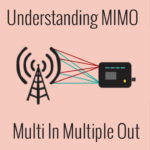

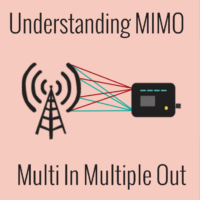
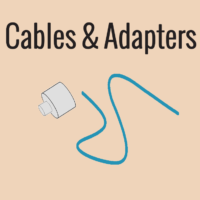
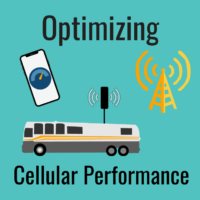
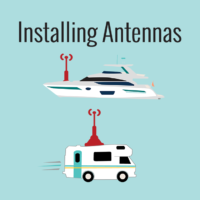
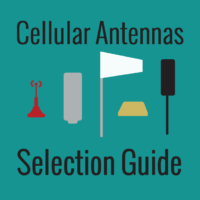
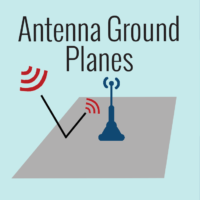
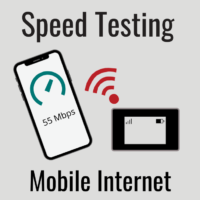

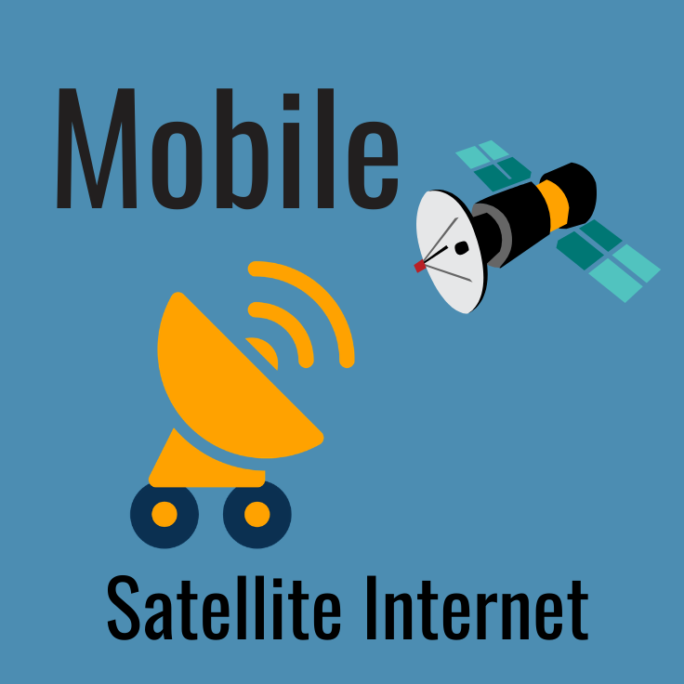







 Mobile Internet Resource Center (dba Two Steps Beyond LLC) is founded by Chris & Cherie of
Mobile Internet Resource Center (dba Two Steps Beyond LLC) is founded by Chris & Cherie of